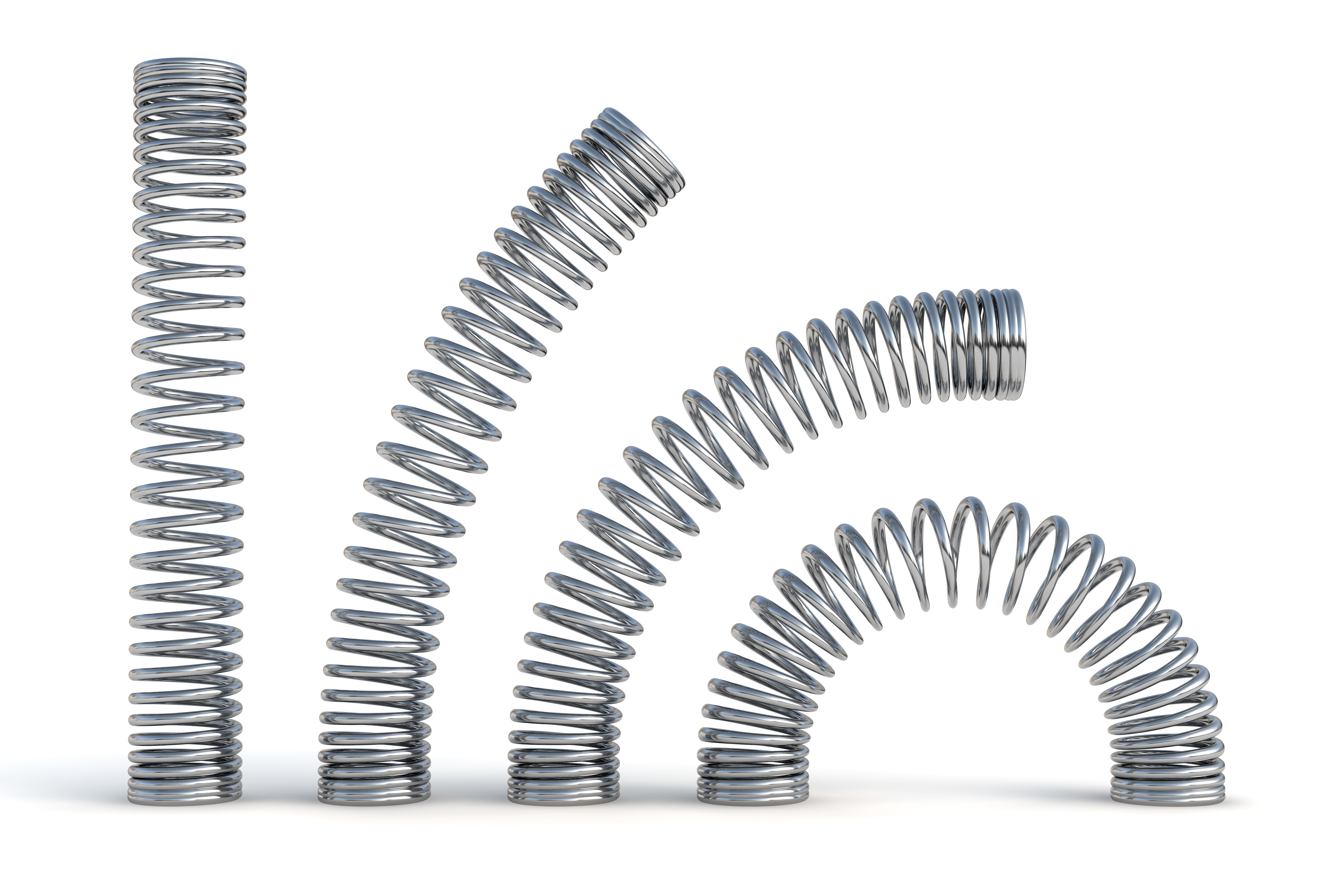The importance of gas springs
Contents |
Introduction
Utilising a compressed gas, gas springs are confined within a cylinder and compressed by a piston in order to exert force. They offer a multitude of uses, ensuring that day to day tasks are made easier and more efficient.
From standard to conventional and lockable gas springs, there is a wide variety of designs that are sure to fit any requirement and project.
Conventional gas springs
When there is a need to control the opening and closing of hatches on places such as hoods of cars, conventional gas springs are the best choice. They allow for heavy units to easily be lifted by hand and for expert equipment control.
Conventional gas springs have a wide variety of uses in many applications, such as:
- Windows.
- Ventilation apertures.
- Beds.
- Chairs.
- Machinery and tools.
Lockable gas springs
Should you wish to lock the stroke at a determined position without making use of external locking mechanisms, lockable gas springs are ideal. Examples of applications for these springs are when there is a need for variable adjustment for ergonomic factors:
Standard gas springs
These springs are typically extended, self-contained devices that generate forces. They are composed of a rod attached to a piston with a hole, which moved in a sealed cylinder. This cylinder has nitrogen in a high pressure that produces force in extension.
Expert spring manufacturers are capable of producing unlimited choices for standard gas springs, with a wide variety of uses.
Forms and features
To build recoil buffers and air guns, a ‘quick gas spring’ is needed, as it allows for fast operation. To adjust the characteristics of a gas spring, the gas volume can be reduced in order to increase the internal pressure. This is done either through allowing for one tube to slide over another or through a movable end stop.
CAD design and bespoke solutions
CAD design is invaluable to create gas springs with a specific force, with any needed springs’ length whether compressed or extended. This automated process of designing springs allows for increased accuracy and decreased human error. Manufacturing becomes more efficient through expert simulation of designs, with virtual constructions of products allowing for more accurate design testing.
In addition, CAD design also makes handling products safer, as they are primarily viewed through a 3D model that can be moved around in every direction. This software also allows for the industry to better communicate, sharing ideas and knowledge that helps to advance the sector and make communities safer.
With designs being submitted to clients before the final stage of production, shipping and construction costs are reduced. CAD design streamlines all processes of engineering design for an optimum industry and projects.
Related articles on Designing Buildings Wiki
- Actuator.
- Compression springs.
- E-spring.
- How gas springs work.
- Key qualities of springs.
- Spring materials.
- Using Springs in Construction to Prevent Disaster.
- Valves.
--European Springs and Pressings Ltd 09:52, 24 Jul 2017 (BST)
Featured articles and news
Gregor Harvie argues that AI is state-sanctioned theft of IP.
Preserving, waterproofing and decorating buildings.
Many resources for visitors aswell as new features for members.
Using technology to empower communities
The Community data platform; capturing the DNA of a place and fostering participation, for better design.
Heat pump and wind turbine sound calculations for PDRs
MCS publish updated sound calculation standards for permitted development installations.
Homes England creates largest housing-led site in the North
Successful, 34 hectare land acquisition with the residential allocation now completed.
Scottish apprenticeship training proposals
General support although better accountability and transparency is sought.
The history of building regulations
A story of belated action in response to crisis.
Moisture, fire safety and emerging trends in living walls
How wet is your wall?
Current policy explained and newly published consultation by the UK and Welsh Governments.
British architecture 1919–39. Book review.
Conservation of listed prefabs in Moseley.
Energy industry calls for urgent reform.
Heritage staff wellbeing at work survey.
A five minute introduction.
50th Golden anniversary ECA Edmundson apprentice award
Showcasing the very best electrotechnical and engineering services for half a century.
Welsh government consults on HRBs and reg changes
Seeking feedback on a new regulatory regime and a broad range of issues.

























